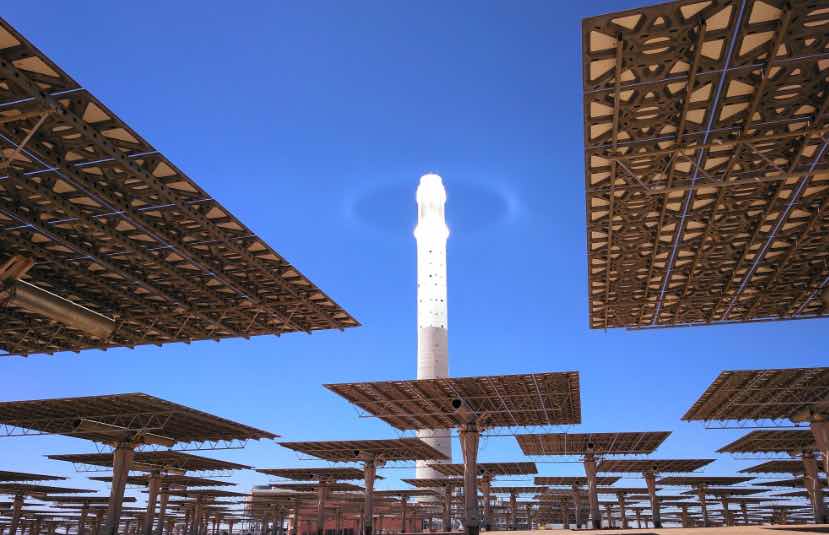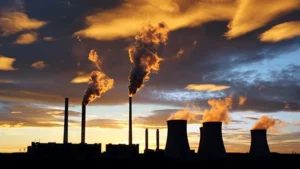A new Desert to Power Initiative – outlined at the UN Climate talks in Poland – intends to provide 250 million people in Africa with electricity through the development of 10 GW of solar by 2025.
The Desert to Power Initiative was first brought to light in June of 2018 when the African Development Bank, the Green Climate Fund, and the Africa50 investment fund signed a letter of intent on the side-lines of the annual meetings of the African Development Bank.
The three organisations intend to collaborate on the project which will develop 10 GW worth of solar through the massive Sahel region of Africa – located between the Sahara Desert to the north and the Sudanian Savanna to the south.
The project says it will seek to bring reliable electricity to 250 million people – including to 90 million people who will be connected for the first time.
Currently, 64% of the Sahel’s population – which stretches across the countries of Senegal, Nigeria, Mauritania, Mali, Burkina Faso, Niger, Chad, Sudan, and Eritrea – live without electricity, which in turns prevents an almost insurmountable barrier to development, and consequences for education, health, and business.
“Energy is the foundation of human living – our entire system depends on it,” said Magdalena J. Seol in the AfDB’s Desert to Power Initiative. “For Africa right now, providing and securing sustainable energy is in the backbone of its economic growth.” adding that lack of energy remains as a significant impediment to Africa’s economic and social development,”
Africa remains one of the most at-risk continents on the planet for climate change. While it only holds 15% of the world’s population, research suggests that it is likely to shoulder nearly 50% of the estimated global climate change adaptation costs – costs that cut across healthcare, water supply, agriculture, and forestry.
Further, given the continent’s stage of development – which is to say, low – any intention to try and solve the continent’s energy problems with fossil fuels is doomed to failure.
By their very nature and design, fossil fuel electricity generation sources like coal require massive state-wide and state-run infrastructure to work – something that is just not going to happen in Africa at the moment, and not without systemic political and societal change.
On the other hand, Africa is believed to have an almost unlimited potential for solar capacity – sometimes measured at around 10 terawatts (TW) – as well as 350 GW worth of hydro capacity, 110 GW worth of wind power capacity, and 15 GW worth of geothermal energy sources.
All in all, Africa has the potential to built out 310 GW worth of renewable energy capacity by 2030.
And there are many renewable energy projects in operation or under construction which serve to highlight the tremendous potential of renewable energy on the continent, but large-scale investment such as will support the Desert to Power Initiative are needed if the region is to lift itself out of energy poverty.










